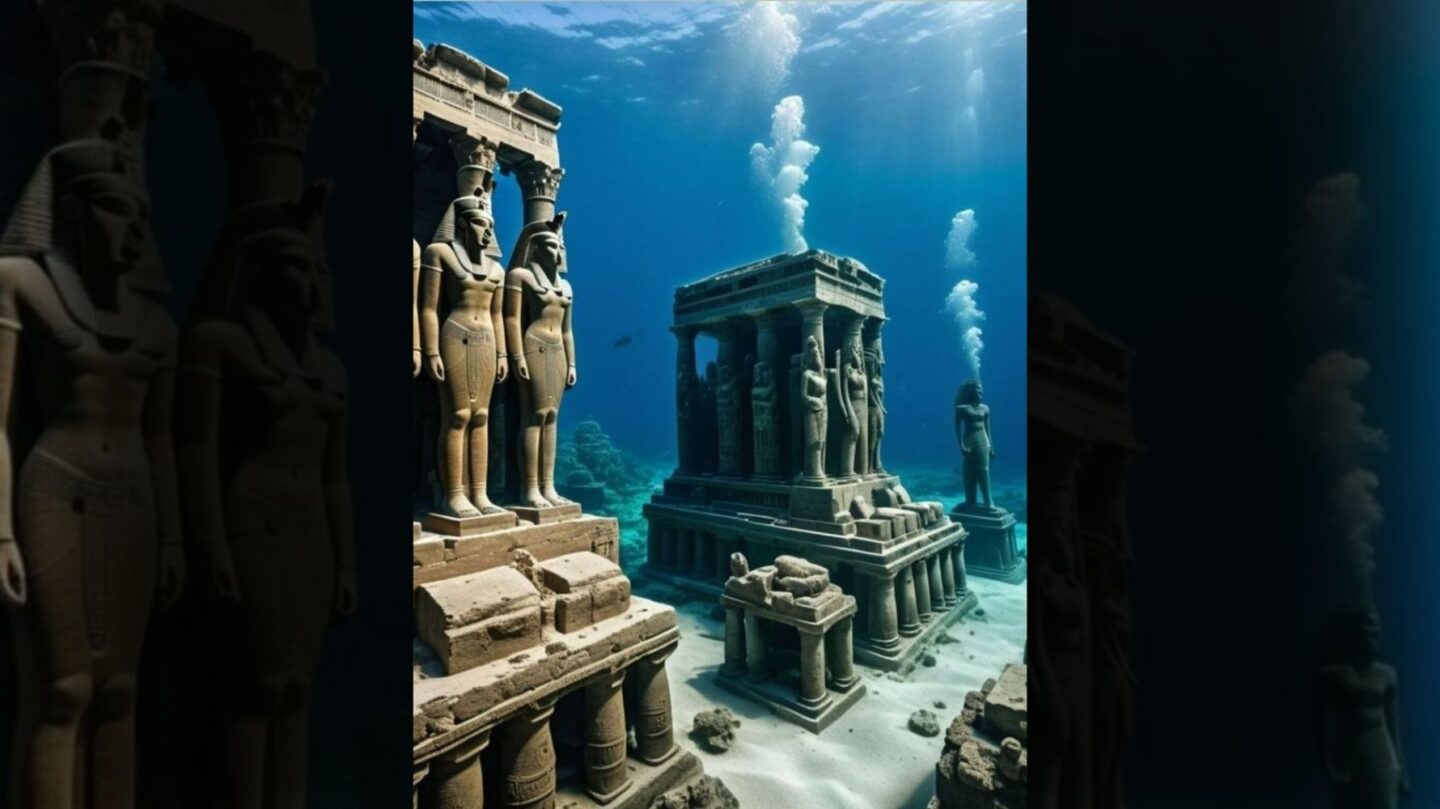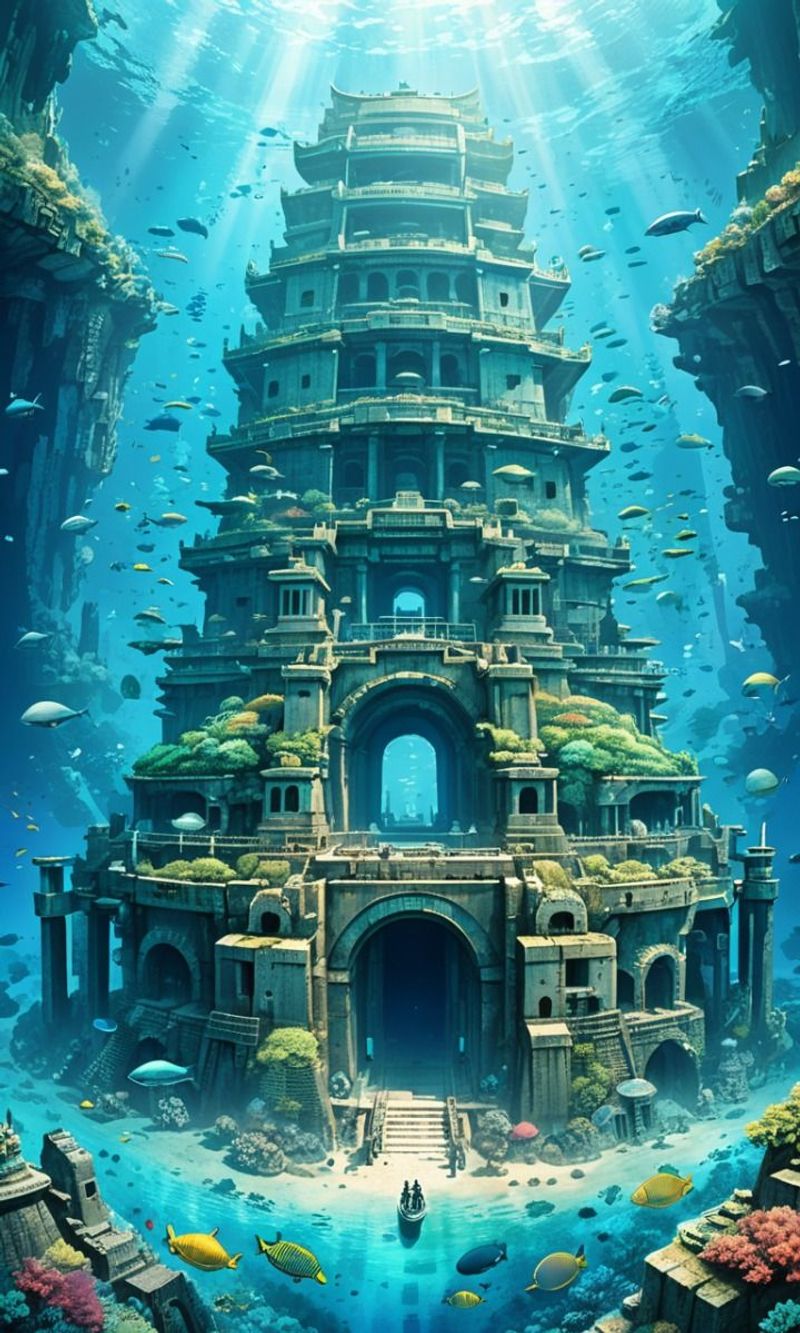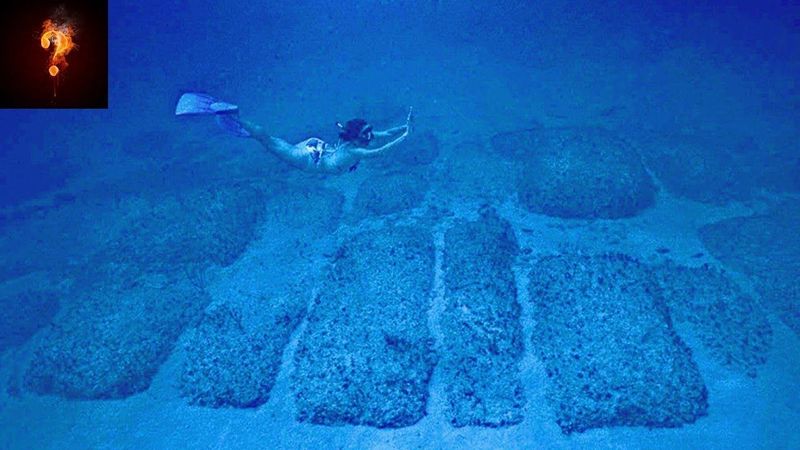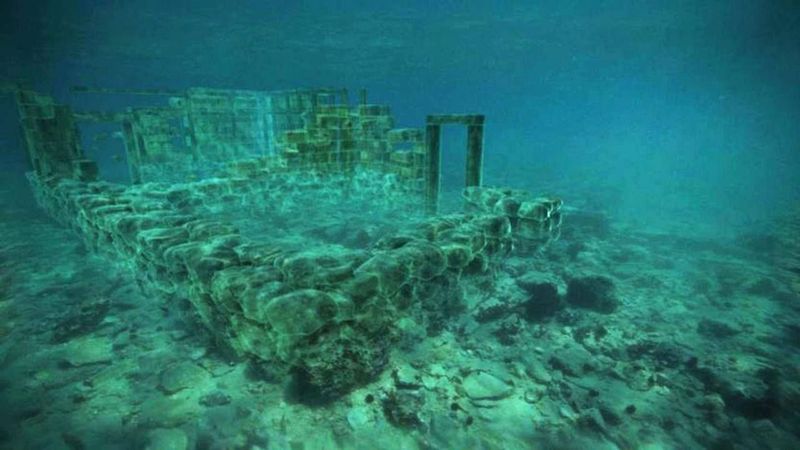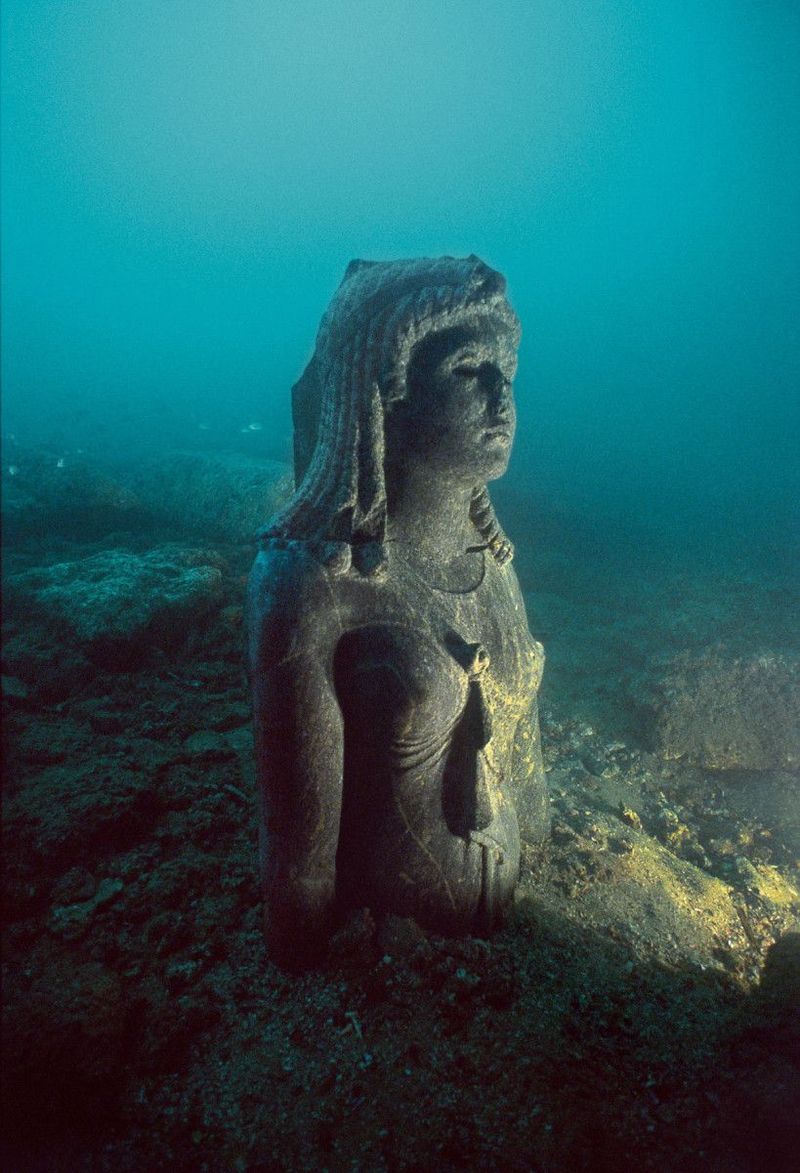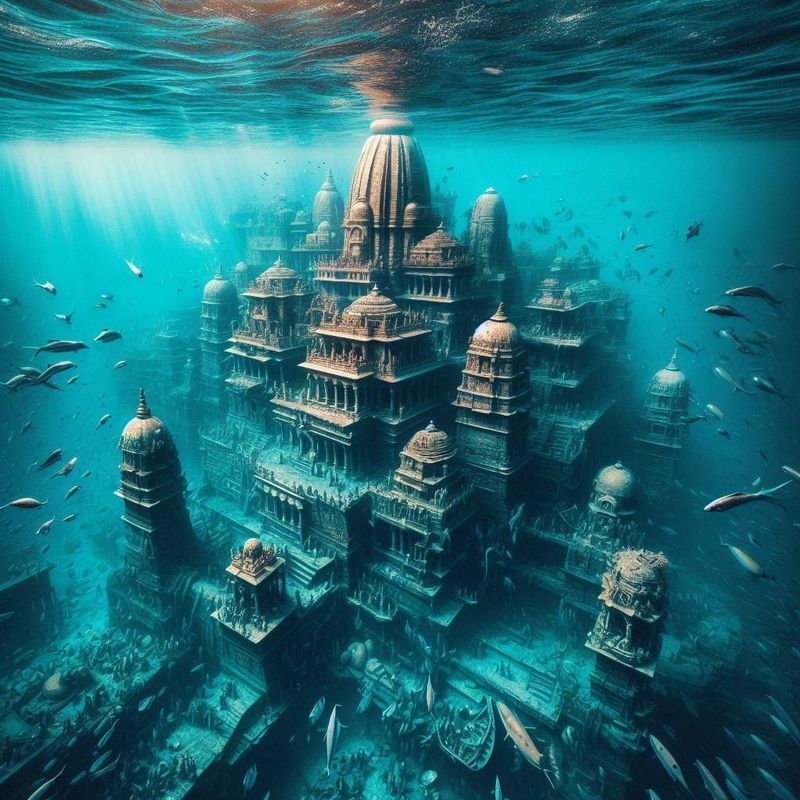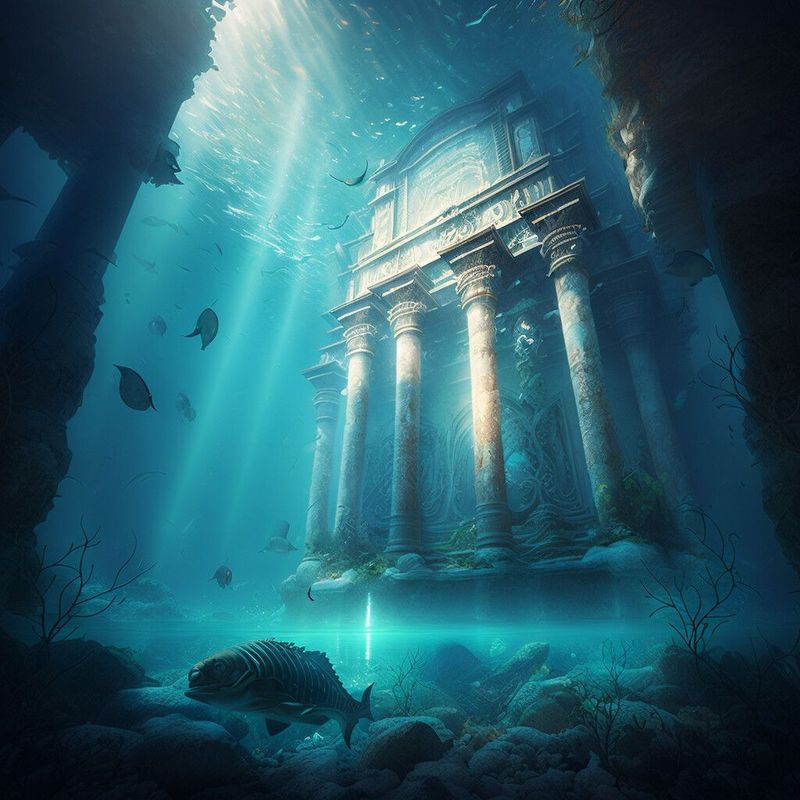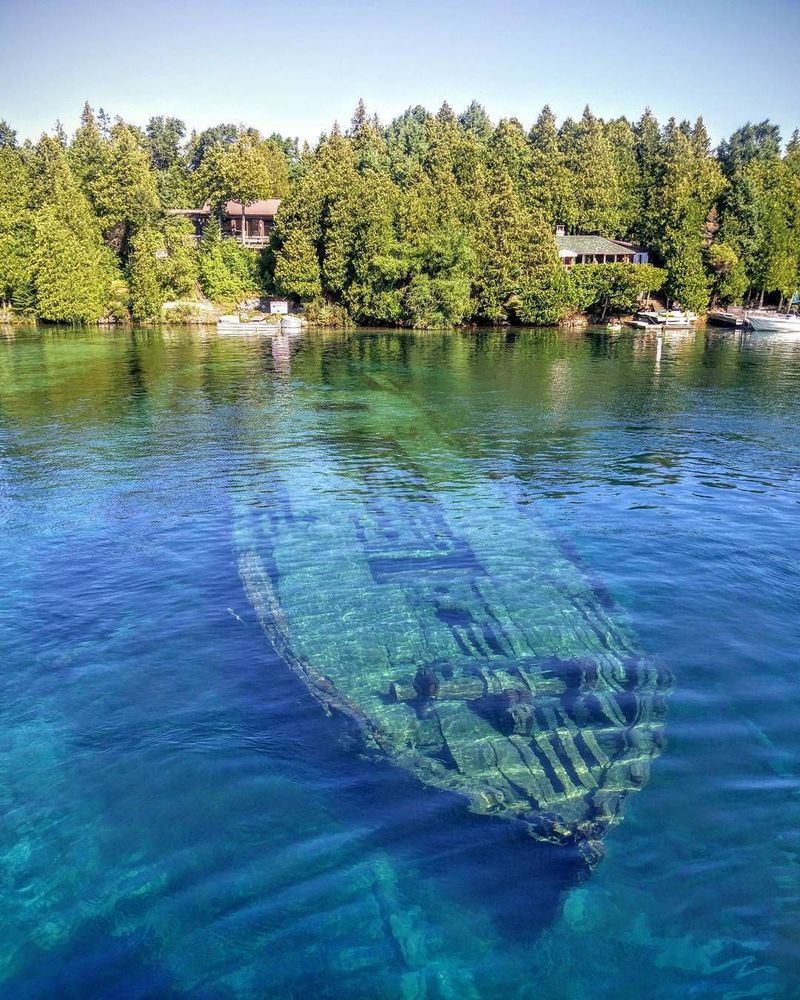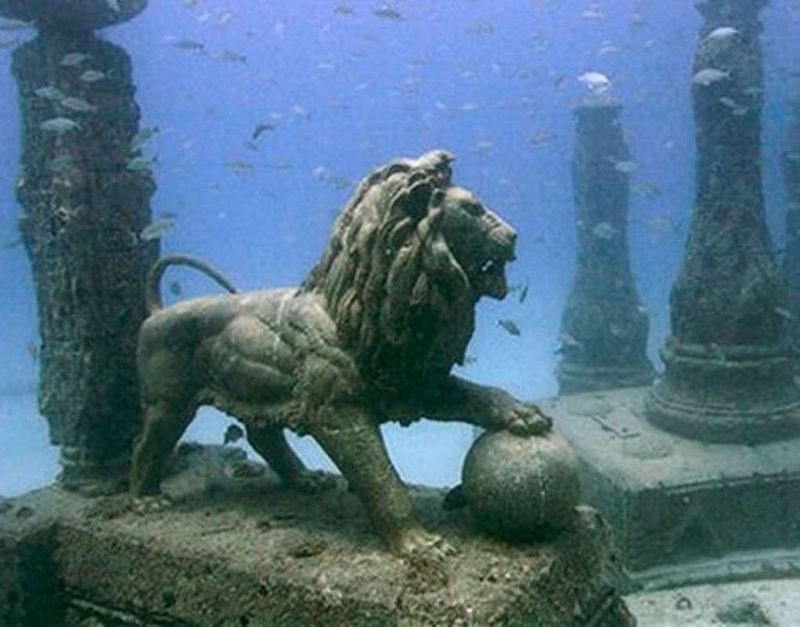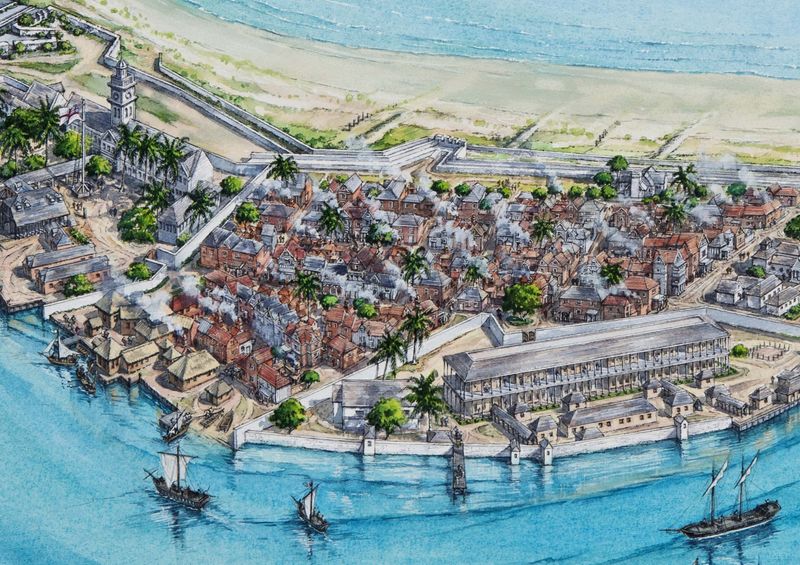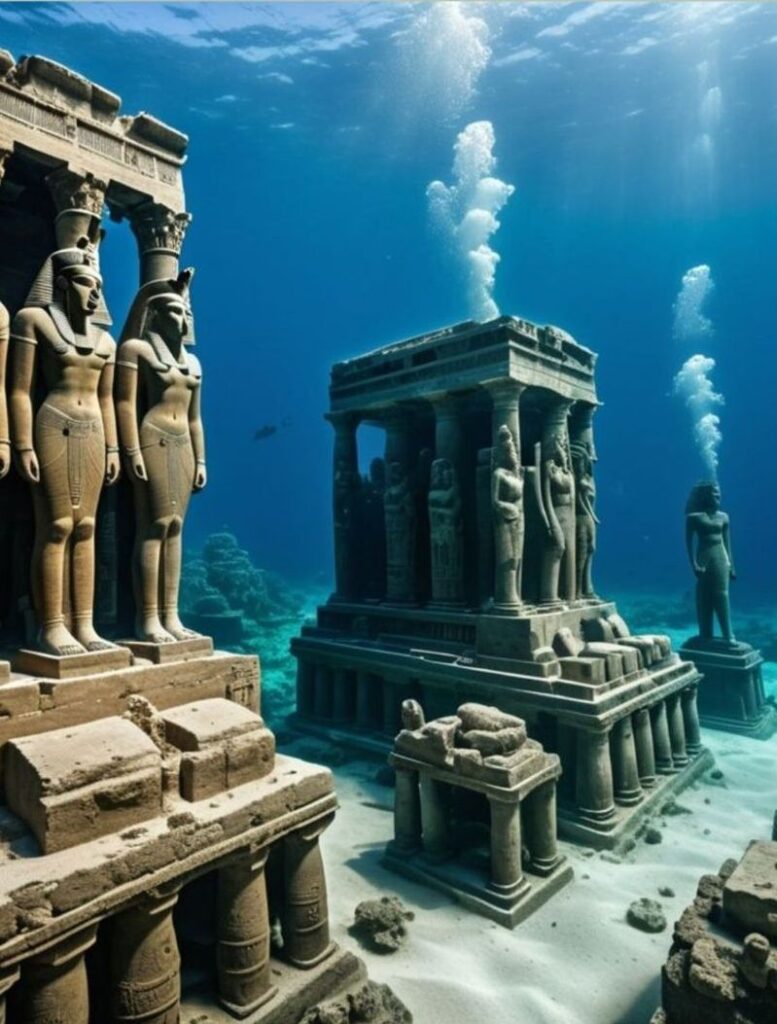The ocean covers more than 70% of our planet, yet its depths remain largely unexplored. Beneath the waves lie secrets of ancient civilizations waiting to be unraveled. From lost cities to submerged temples, these underwater ruins challenge our understanding of history and humanity’s past.
Yonaguni Monument
Discovered off the coast of Yonaguni, Japan, the Yonaguni Monument continues to baffle scientists and historians alike. This massive underwater structure, characterized by sharp edges and intricate terraces, resembles an ancient architectural wonder. Some believe it’s a natural formation, while others claim it to be a lost civilization’s relic.
The monument’s precise lines and steps ignite debates about whether human hands played a role. Divers exploring these depths are met with stunning visuals, painting a picture of a forgotten world. Regardless of its origins, Yonaguni sparks curiosity about our planet’s untold stories.
The Bimini Road
Off the coast of the Bahamas lies the enigmatic Bimini Road, a series of submerged rocks forming a distinct path. Believed by some to be remnants of the lost city of Atlantis, this formation intrigues researchers worldwide.
With its neatly aligned stones, the Bimini Road challenges conventional explanations, suggesting human intervention. The warm, clear waters make it a frequented spot for divers, adding to its allure.
Whether man-made or natural, the Bimini Road fuels imaginations, offering glimpses into ancient mysteries and the potential for undiscovered histories beneath the sea.
Pavlopetri, Greece
Pavlopetri, located off the coast of Greece, is the world’s oldest submerged city, dating back to 5,000 years ago. With urban planning and buildings still visible, it offers insights into ancient Greek life.
Submerged under clear waters, the ruins of Pavlopetri include roads, houses, and courtyards, showcasing advanced engineering. Its discovery has revolutionized the understanding of prehistoric architecture and urbanism.
Exploring Pavlopetri is like stepping into a time capsule that defies the sea’s erasure, preserving stories of early civilization and their maritime prowess.
Cleopatra’s Palace in Alexandria
Under the Mediterranean Sea, near Alexandria, Egypt, lies the sunken palace of Cleopatra. This underwater archaeological site reveals remnants of columns, statues, and royal quarters, offering a glimpse into the opulence of Egypt’s last pharaoh.
The palace’s submersion is attributed to earthquakes and sea level changes, preserving its legacy beneath the waves. Divers exploring these ruins encounter enigmatic statues and artifacts from a bygone era.
Cleopatra’s Palace stands as a testament to Egypt’s grandeur, inviting exploration of its submerged mysteries and the stories they hold about ancient Egyptian royalty.
Dwarka, India
Off the coast of India, the ancient city of Dwarka is a submerged treasure trove of myths and history. Believed to be the legendary city of Lord Krishna, its ruins tell tales of a vibrant past.
Underwater excavations have unveiled structures and artifacts that date back thousands of years, aligning with ancient texts. The site is a testament to India’s rich cultural heritage and maritime history.
Dwarka’s underwater ruins attract archaeologists and adventurers alike, each seeking to uncover truths about a civilization lost to the sea but alive in legend.
Atlantis of the Black Sea
Dubbed the Atlantis of the Black Sea, this submerged city discovered off the Bulgarian coast is shrouded in mystery. Researchers found unexpectedly preserved ruins due to the sea’s anoxic conditions.
These underwater remnants suggest a thriving ancient settlement, now hidden beneath the waves. The discovery has sparked theories about migration patterns and civilizations’ responses to environmental changes.
Explorations of the Black Sea’s depths continue to unveil secrets, challenging historians to piece together narratives of our ancestors’ adaptability and resilience in the face of natural calamities.
The Lost Villages of Ontario
The Lost Villages of Ontario, Canada, are remnants of communities submerged during the creation of the St. Lawrence Seaway. These villages, once thriving, now lie beneath the river, preserving a unique slice of history.
Submerged homes, roads, and businesses are frozen in time, offering underwater archaeologists a rich tapestry of mid-20th-century life. The villages’ intentional flooding marks a fascinating intersection of progress and loss.
Exploring these waters is a journey through time, revealing stories of community, adaptation, and the sacrifices made in the name of development.
Lion City, China
Beneath the tranquil waters of Qiandao Lake, China, lies the magnificent Lion City, an underwater marvel of ancient architecture. Submerged intentionally for a dam project, it is remarkably preserved.
The city dates back to the Eastern Han Dynasty, showcasing classical Chinese design with ornate carvings and intricate structures. Its preservation offers a unique glimpse into historical craftsmanship.
Divers exploring Lion City are met with eerie beauty, as the city remains undisturbed by time. It’s a testament to China’s rich architectural legacy, waiting silently beneath the lake’s surface.
Port Royal, Jamaica
Once known as the “wickedest city on earth,” Port Royal in Jamaica now lies submerged beneath the Caribbean Sea. A hub for pirates and traders, its sudden submersion in 1692 was due to an earthquake.
The underwater ruins offer a fascinating glimpse into the life of a bustling pirate port, with remnants of taverns, ships, and treasures.
Port Royal’s sunken remains tell tales of adventure and vice, drawing historians and divers eager to explore a city that once thrived on lawlessness and is now preserved by the sea’s embrace.
Heracleion, Egypt
Heracleion, Egypt’s lost city, once a bustling trade hub, now lies beneath the Mediterranean Sea. Discovered in 2000, its submerged temples and statues offer a window into ancient Egyptian life.
The city’s well-preserved ruins include colossal statues, inscriptions, and artifacts that reveal a complex society. Its submersion is believed to be caused by gradual land subsidence.
Heracleion invites exploration, as divers uncover secrets of trade, religion, and daily life, piecing together the puzzle of a city that once thrived on the edge of the Nile Delta.
